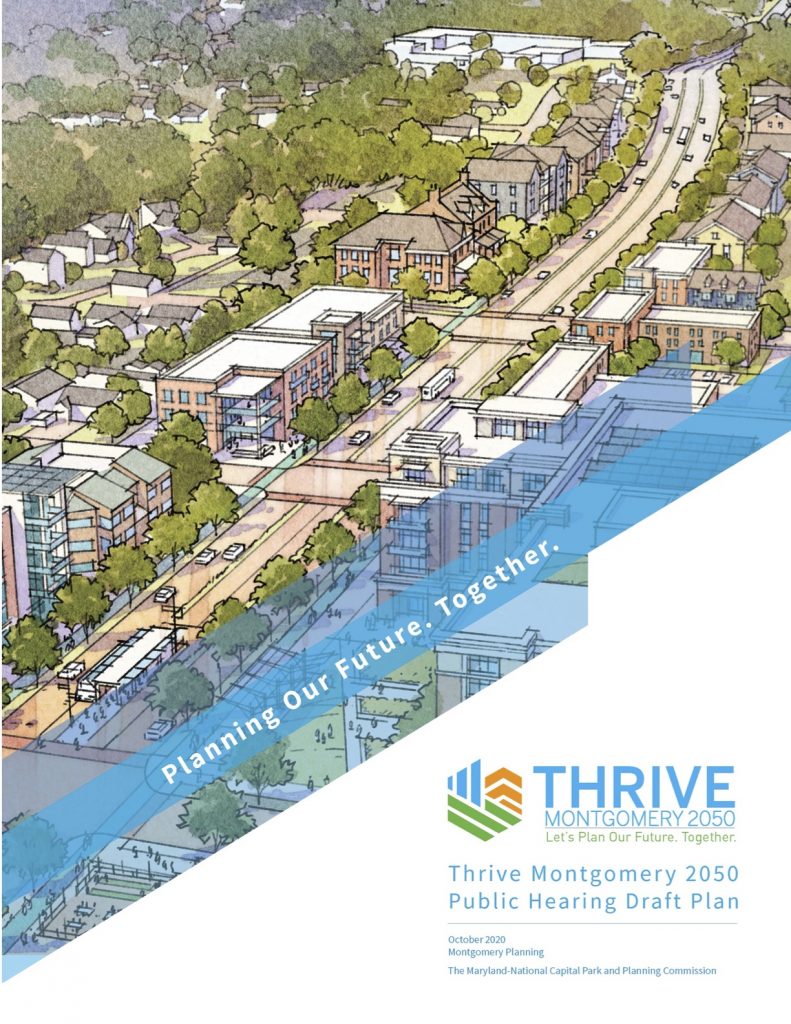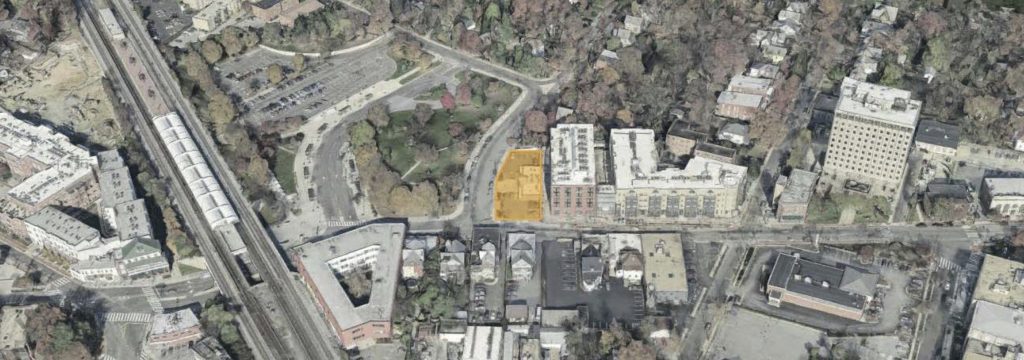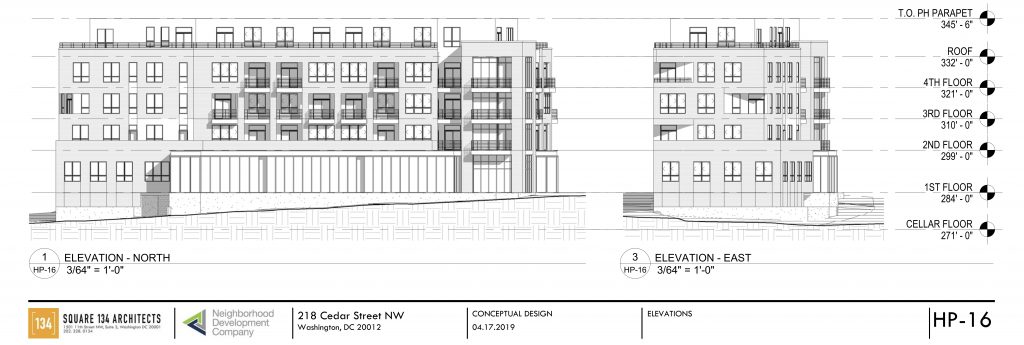Thrive Montgomery 2050 testimony, June 17, 2021
Here’s testimony I presented at the June 17, 2021 Montgomery County Council hearing on the Thrive Montgomery 2050 plan. Comment was limited to two minutes so this testimony is brief.
I like the Thrive Montgomery 2050 initiative and appreciate Montgomery Planning’s work to bring us to this point.
I support bold steps to create new housing, commercial opportunities, and amenities, particularly in areas well served by transit such as Takoma Park, Silver Spring, Somerset, and Chevy Chase, via up-zoning; steps to promote walkable, bikeable neighborhoods and corridor commercial centers; and prioritization of equity and environmental concerns. Beyond this, I’ll address just two points.
One is quick: I regret the omission, in the final text – unless I missed something – of explicit discussion of development parking minimums. Excess parking imposes costs on tenants, adds to building footprint and bulk, and leads to driving at the expense of transit use, walking, and biking. Can you find a way to address this?
I’ll start my second point with an excerpt from page 27:
“The 1964 plan envisioned corridor cities along I-270, I-95, and Route 29, yet subsequent planning efforts… disregarded and ultimately removed the growth corridor along Route 29 and I-95 in the eastern portion of the county [which] effectively directed new public and private investment away from the East County and toward the established urban ring and I-270 corridor… This recurring pattern aggravated the racial and economic disparities between the eastern and western parts of the county that remain today.”
I see shadows of this error in the draft before us, which does not classify southeast county areas such as Long Branch and Takoma-Langley Crossroads as growth centers, as they should be classified. These are border areas, heavily immigrant and moderate income, yet this plan neglects them, just as the 1964 plan neglected East County. Growth in those areas isn’t easy – cooperation with Prince George’s County would be required – yet equity and the interests of all county residents, including in over-developed Bethesda, say that attention is imperative. We must set the stage for strong execution on our growth, equity, and environmental ideals. Please do what you can to address this omission.
Thank you.
 Thrive Montgomery 2050
Thrive Montgomery 2050
